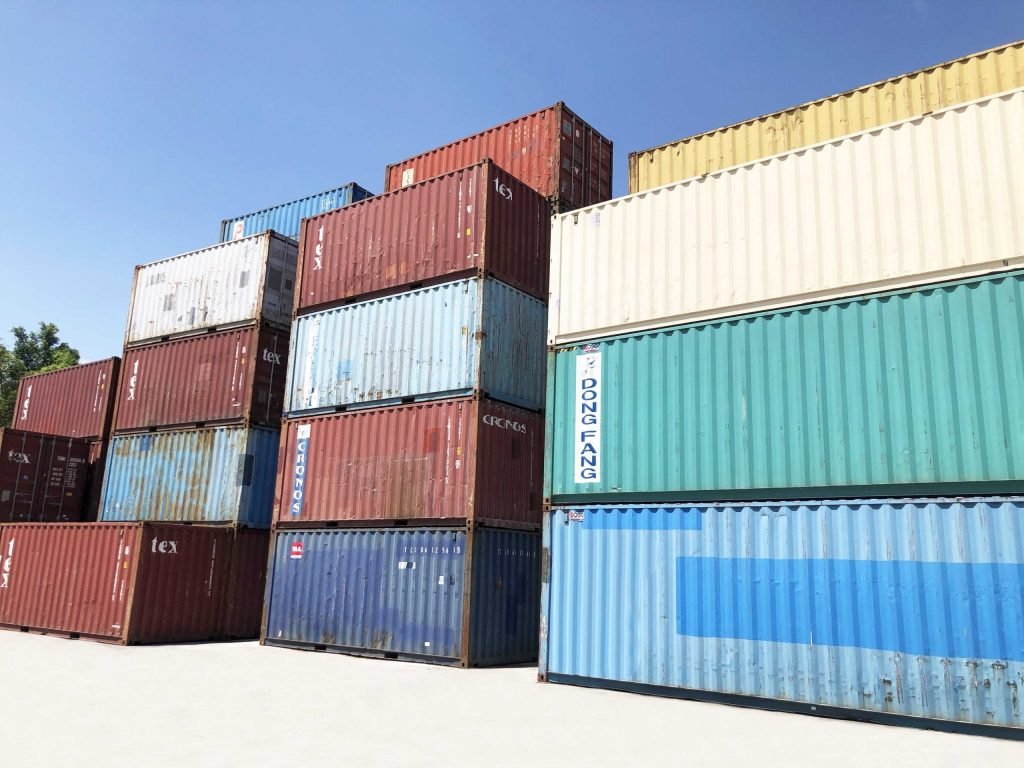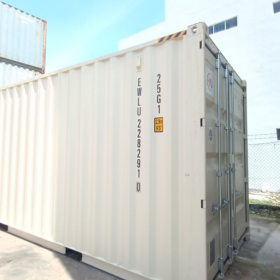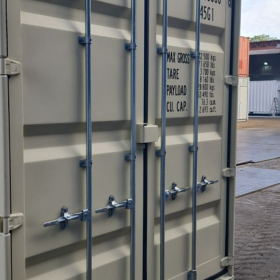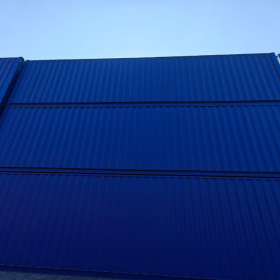Shipping Containers and the Future of Off-Grid Living
In recent years, the concept of off-grid living has captured the imagination of many who seek independence, sustainability, and a deeper connection to nature. One of the most intriguing developments in this movement is the use of shipping containers as a base for off-grid homes. These sturdy, versatile structures offer a range of benefits that make them ideal for sustainable living solutions. This article explores the potential of shipping containers to revolutionize off-grid living and highlights the benefits and challenges associated with this innovative approach.
The Rise of Shipping Container Homes
Shipping containers, initially designed for transporting goods across the globe, are increasingly being repurposed as homes, offices, and other functional spaces. Their robust construction, modular nature, and affordability make them a popular choice for those interested in off-grid living. These containers are typically made from steel, which gives them durability and resilience against various environmental conditions.
One of the primary advantages of using shipping containers for off-grid living is their availability and cost-effectiveness. With a surplus of containers available due to global trade, they can often be acquired at a fraction of the cost of traditional building materials. This makes them an attractive option for individuals and families looking to build a home on a budget.
Designing for Sustainability
Shipping container homes offer a blank canvas for sustainable design. They can be modified to include various energy-efficient features that align with off-grid living principles. For instance, solar panels can be installed on the roof to generate electricity, while rainwater harvesting systems can be integrated to provide a reliable water supply. Additionally, high-efficiency insulation and ventilation systems can be incorporated to ensure comfort and reduce energy consumption.
One notable example of sustainable design in shipping container homes is the use of green roofs. By covering the container with vegetation, homeowners can improve insulation, manage stormwater, and reduce the urban heat island effect. This green approach not only enhances the environmental benefits of off-grid living but also creates a more aesthetically pleasing and harmonious living environment.
Challenges and Considerations
Despite their many advantages, shipping container homes come with their own set of challenges. One major concern is insulation. Containers are made of metal, which can cause temperature fluctuations and condensation issues if not properly insulated. To address this, builders often use spray foam insulation or other advanced materials to maintain a comfortable indoor climate.
Another challenge is the need for proper ventilation. Shipping containers are designed to be airtight, which can lead to poor air quality if not addressed. Incorporating ventilation systems and air purifiers can help ensure a healthy living environment.
Additionally, the size and layout of shipping container homes can be limiting. Standard containers are 8 feet wide and 8.5 feet high, which can make interior design and space utilization challenging. Creative design solutions, such as combining multiple containers or using modular layouts, can help maximize the use of space and create functional living areas.
The Future of Shipping Container Off-Grid Living
The future of shipping container homes in the context of off-grid living is promising. As technology advances and the demand for sustainable living solutions grows, we can expect to see further innovations in container design and construction. Modular designs, advanced materials, and integrated systems will continue to enhance the functionality and efficiency of these homes.
Moreover, the increasing focus on environmental sustainability and climate resilience will drive the adoption of shipping container homes. As communities and individuals seek to reduce their carbon footprint and live more self-sufficiently, shipping containers offer a practical and scalable solution.
In conclusion, shipping containers represent a compelling option for those interested in off-grid living. Their affordability, durability, and versatility make them an ideal choice for sustainable living solutions. While there are challenges to address, the potential benefits and innovations in container design suggest that shipping containers will play a significant role in the future of off-grid living. As we continue to explore new ways to live sustainably and independently, shipping containers will remain a vital component of this evolving movement.






